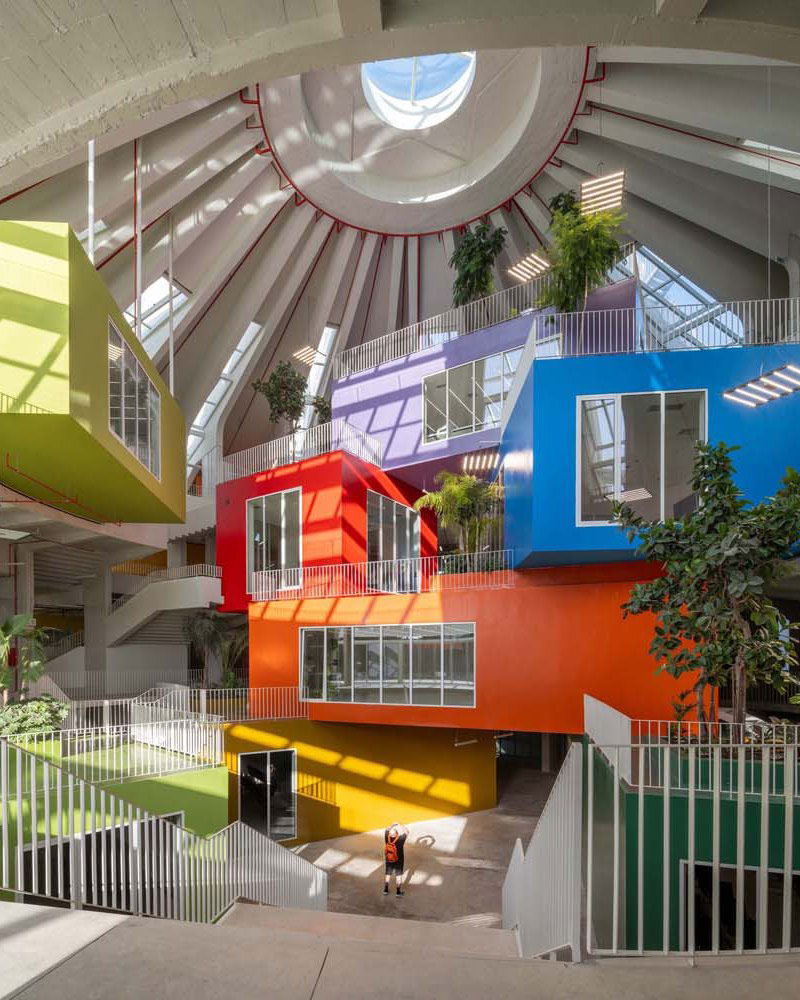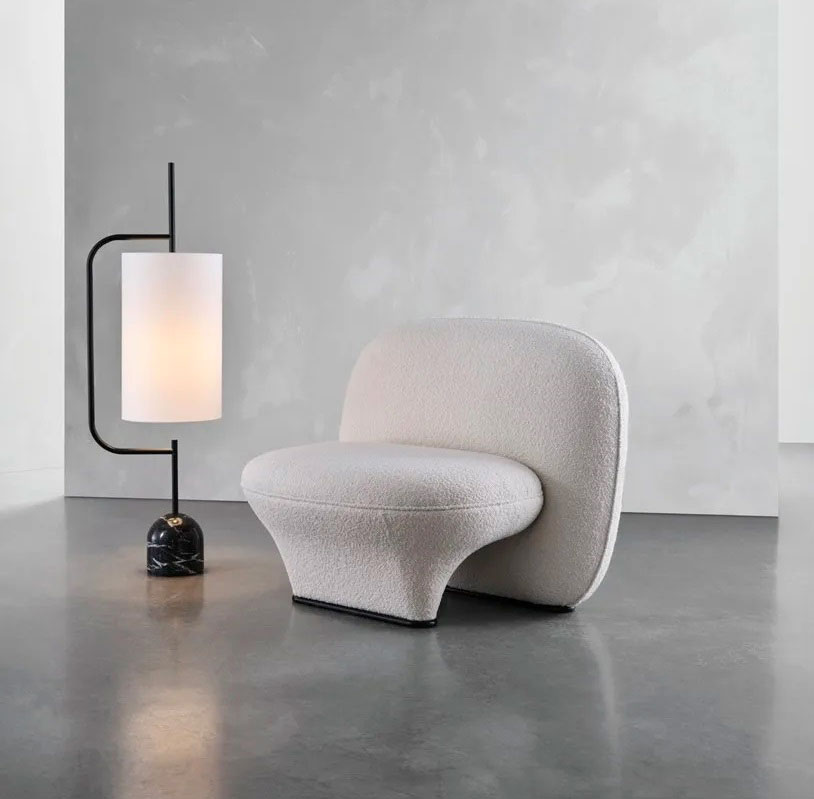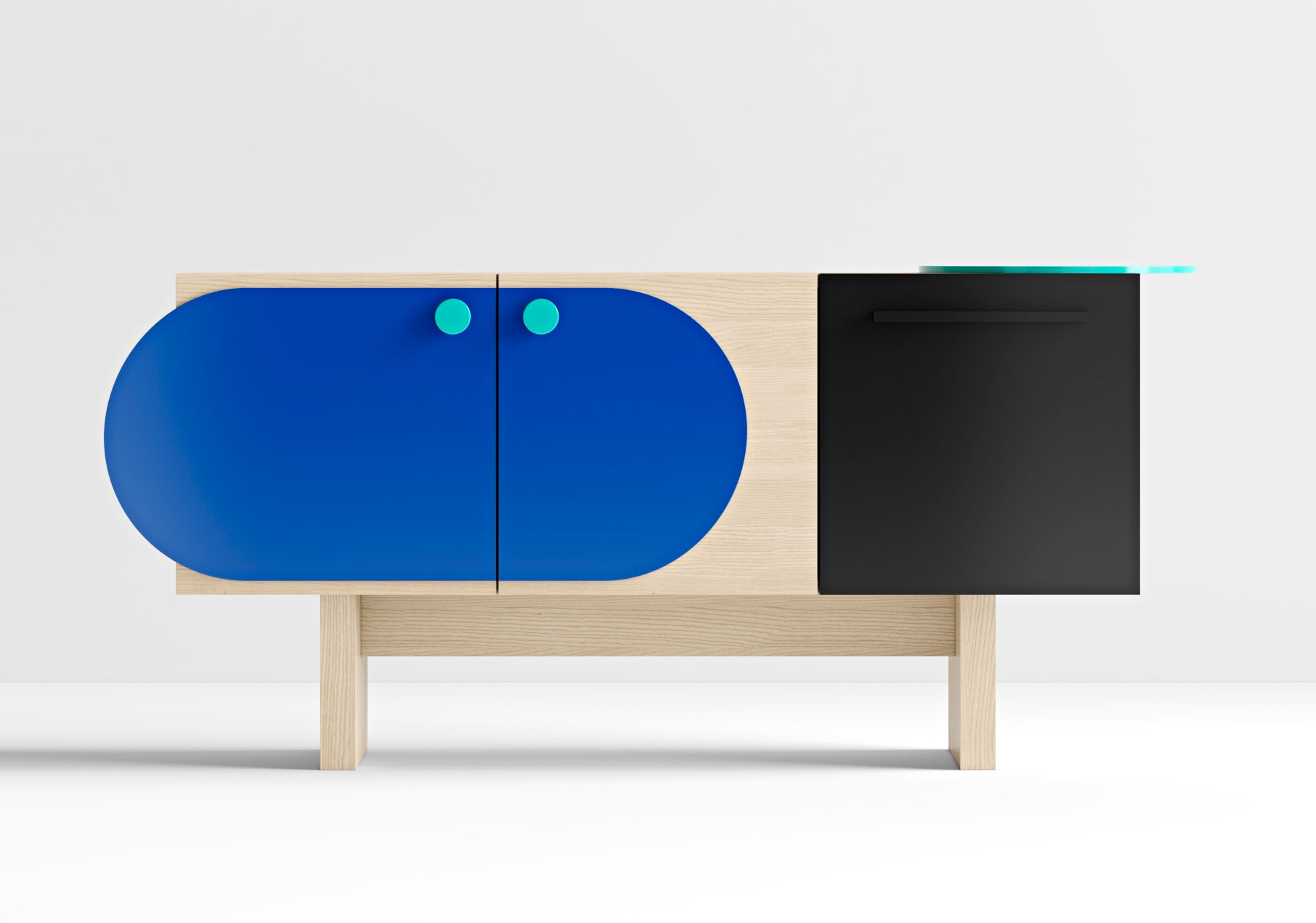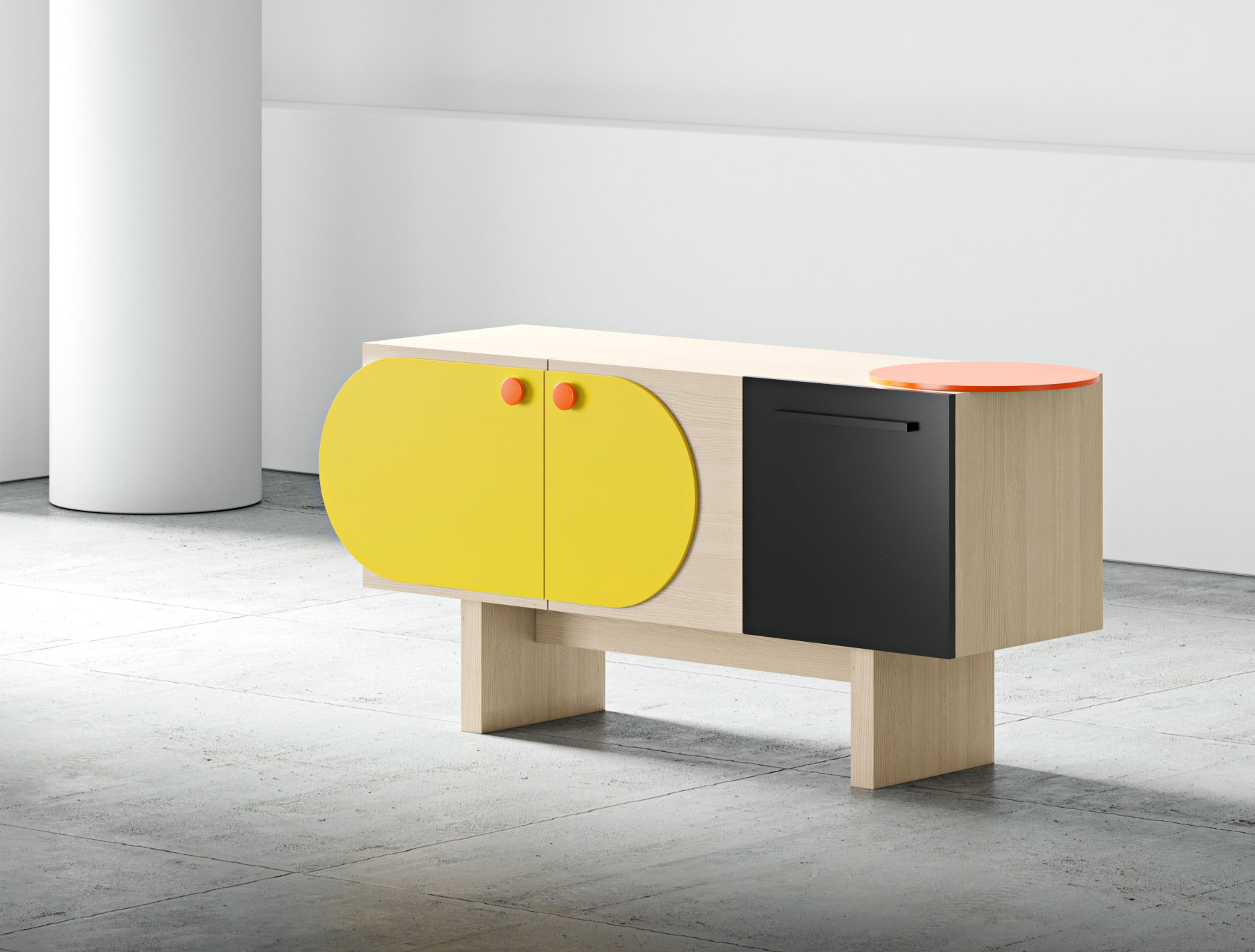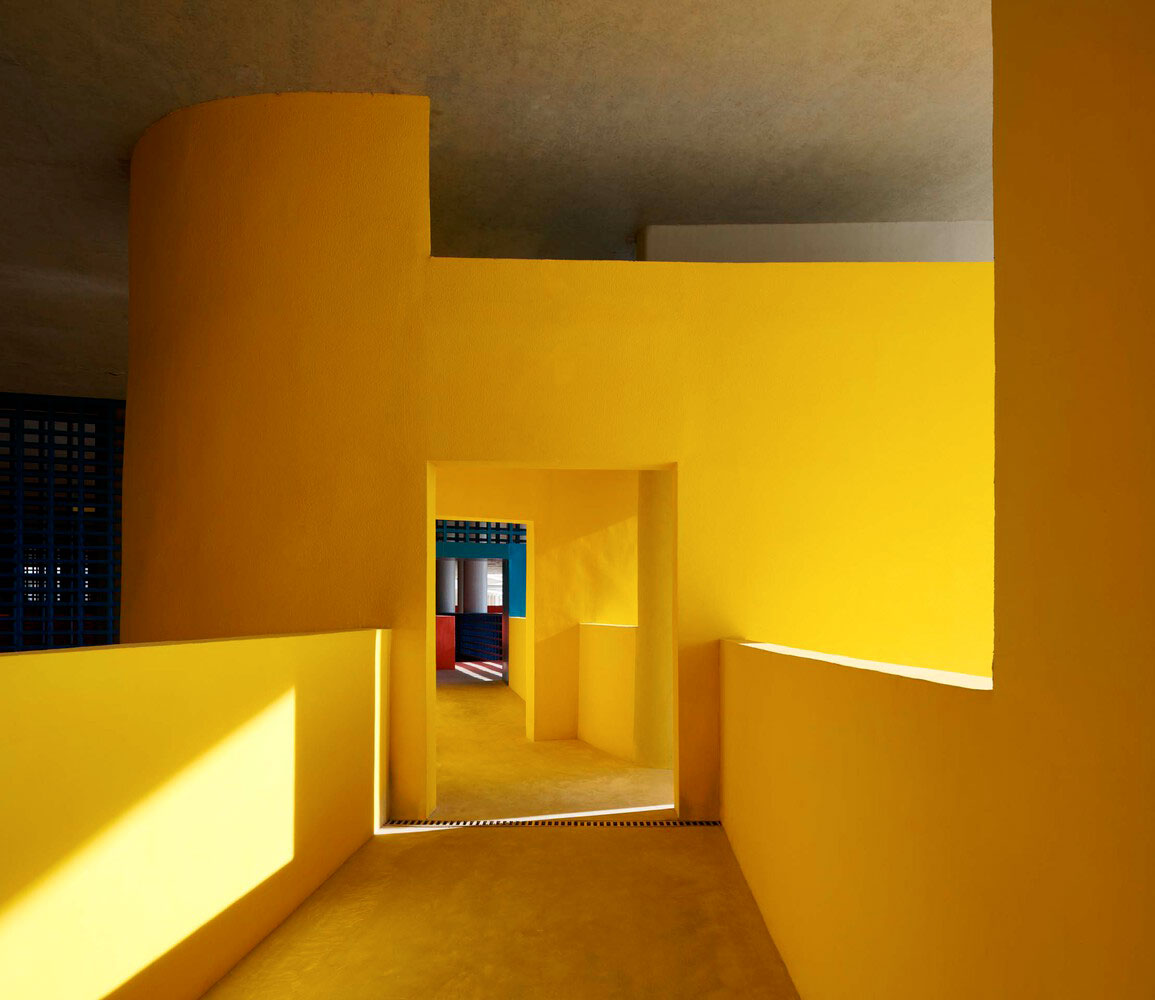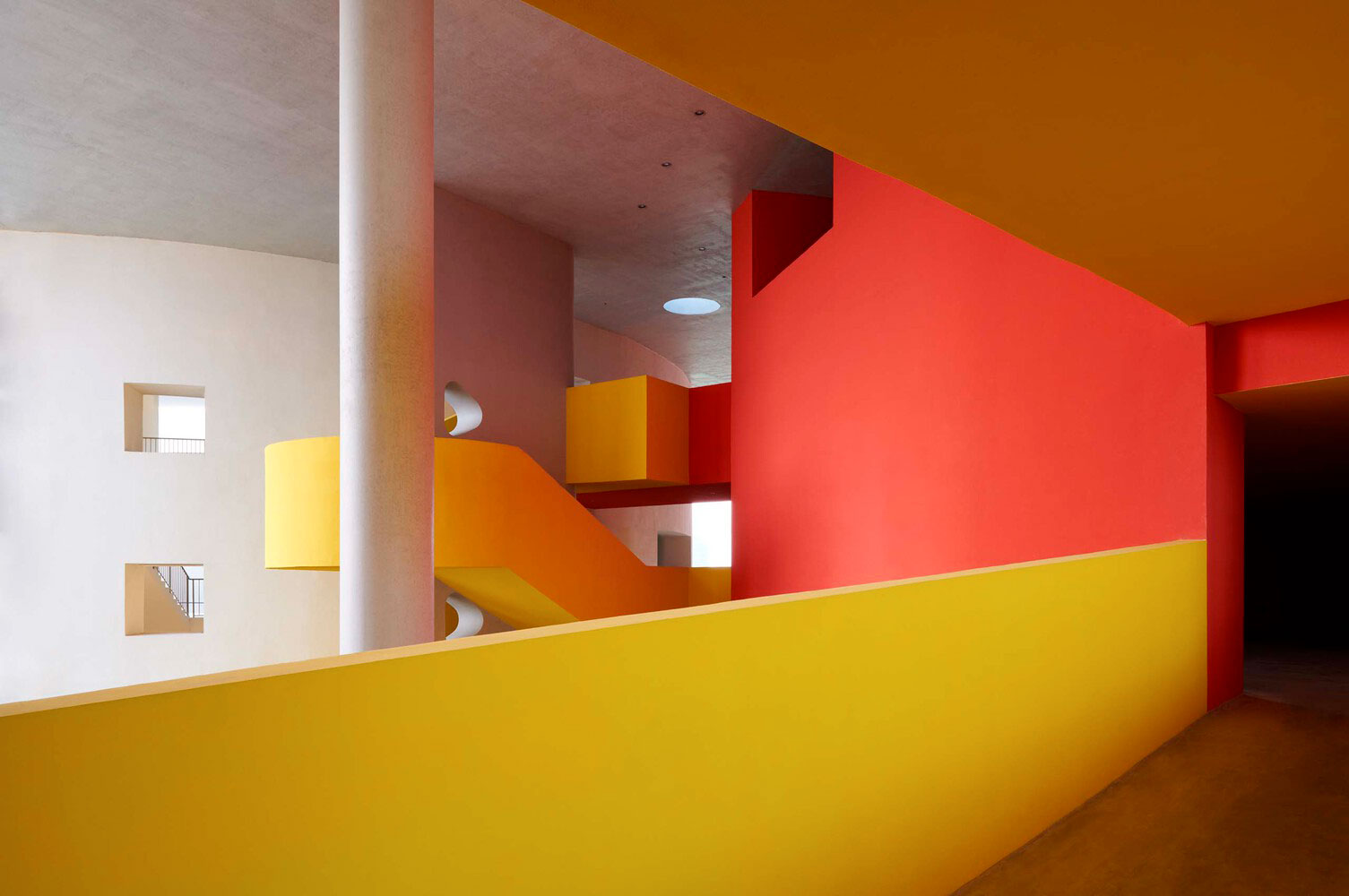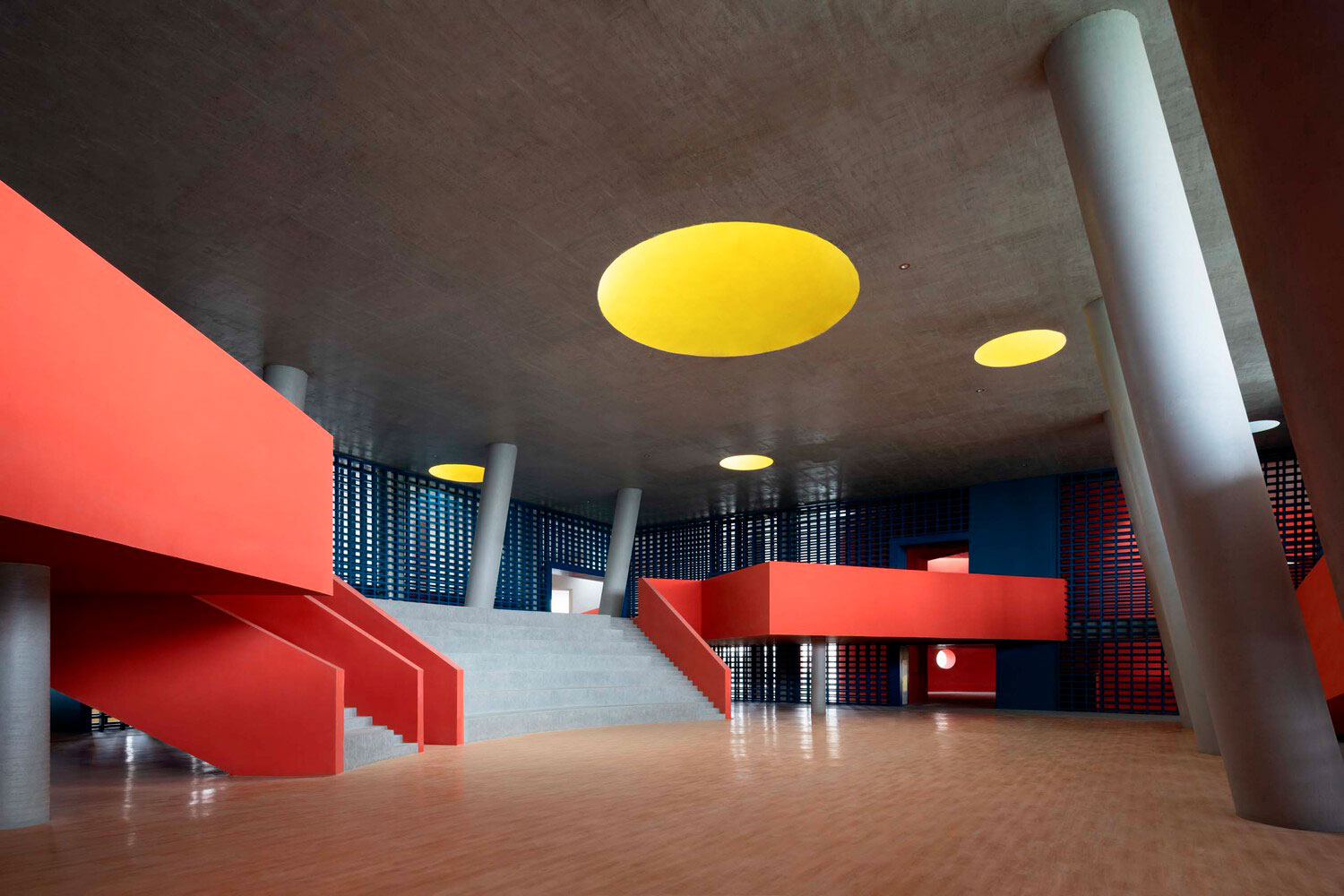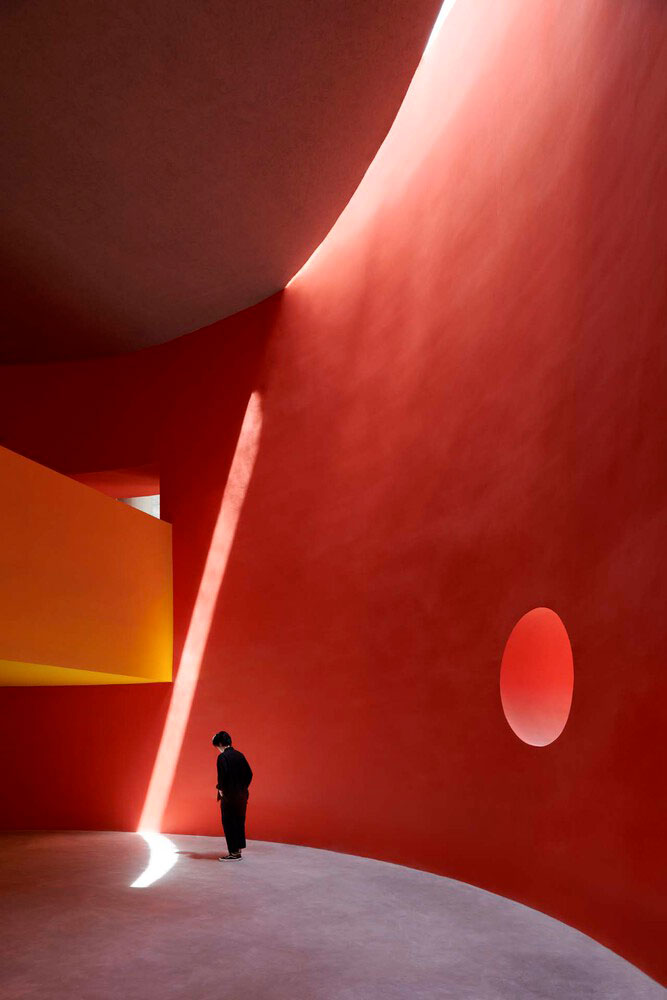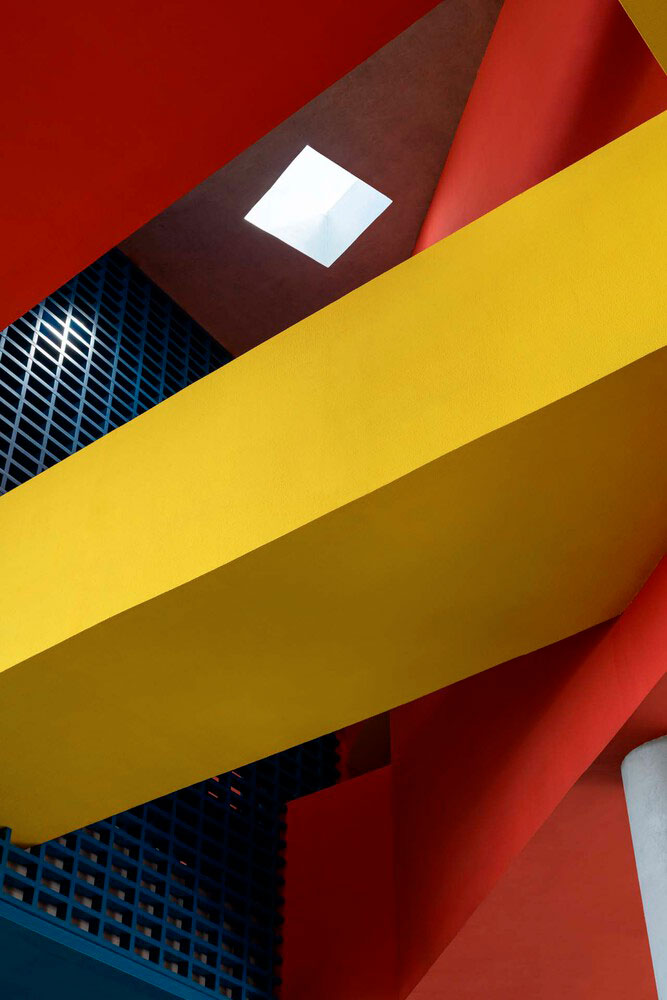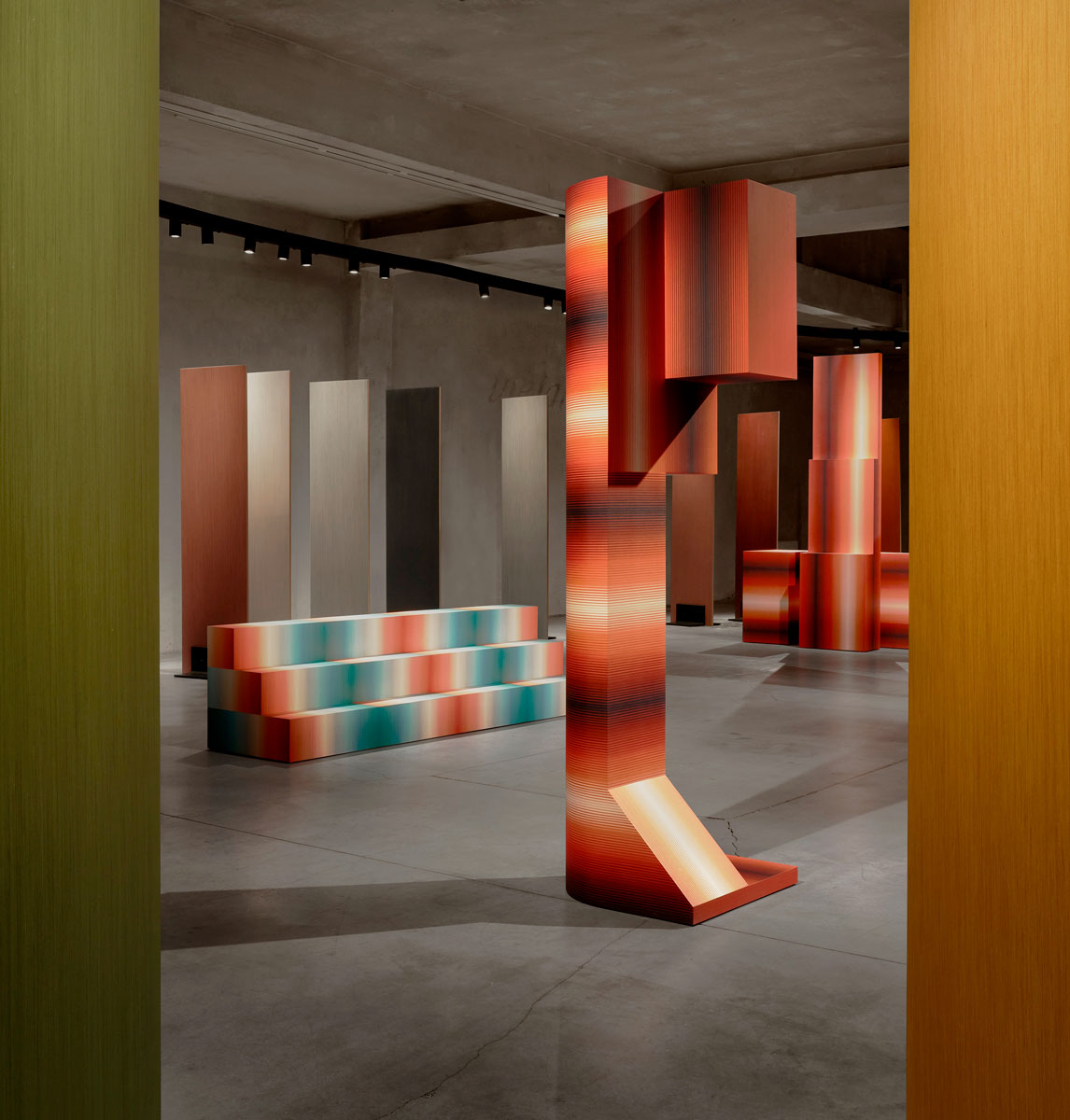LA CATTEDRALE DELLA CULTURA
ARCHITECTURE | MVRDV
Inaugurata all’inizio di quest’anno nella capitale albanese, la rinnovata “Piramide di Tirana” ha aperto al pubblico come nuovo centro culturale. Le nuove funzioni si innestano in un edificio brutalista che originariamente fungeva da museo dedicato al dittatore comunista Enver Hoxha, in seguito trasformata in un’architettura fantasma.
La struttura – una gigantesca cupola in cemento armato – è stata trasformata in una scultura aperta, sede di un insieme di scatole colorate sparse dentro e intorno all’edificio originale che ora ospitano caffè, studi, laboratori, uffici di start-up, incubatori, festival e aule.
Oggi questo nuovo polo appare come una cattedrale ecumenica, con cubi a tinte vivaci che esprimono allegria e inclusione.
The cathedral of culture – Inaugurated earlier this year in the Albanian capital, the renovated “Pyramid of Tirana” has opened to the public as a new cultural center. The new functions are inserted into a brutalist building that originally served as a museum dedicated to the communist dictator Enver Hoxha, later transformed into a ghost architecture.
The structure – a giant reinforced concrete dome – has been transformed into an open sculpture, home to a collection of colorful boxes scattered in and around the original building which now house cafes, studios, laboratories, start-up offices, incubators , festivals and classrooms.
Today this new hub appears like an ecumenical cathedral, with brightly colored cubes that express joy and inclusion.

